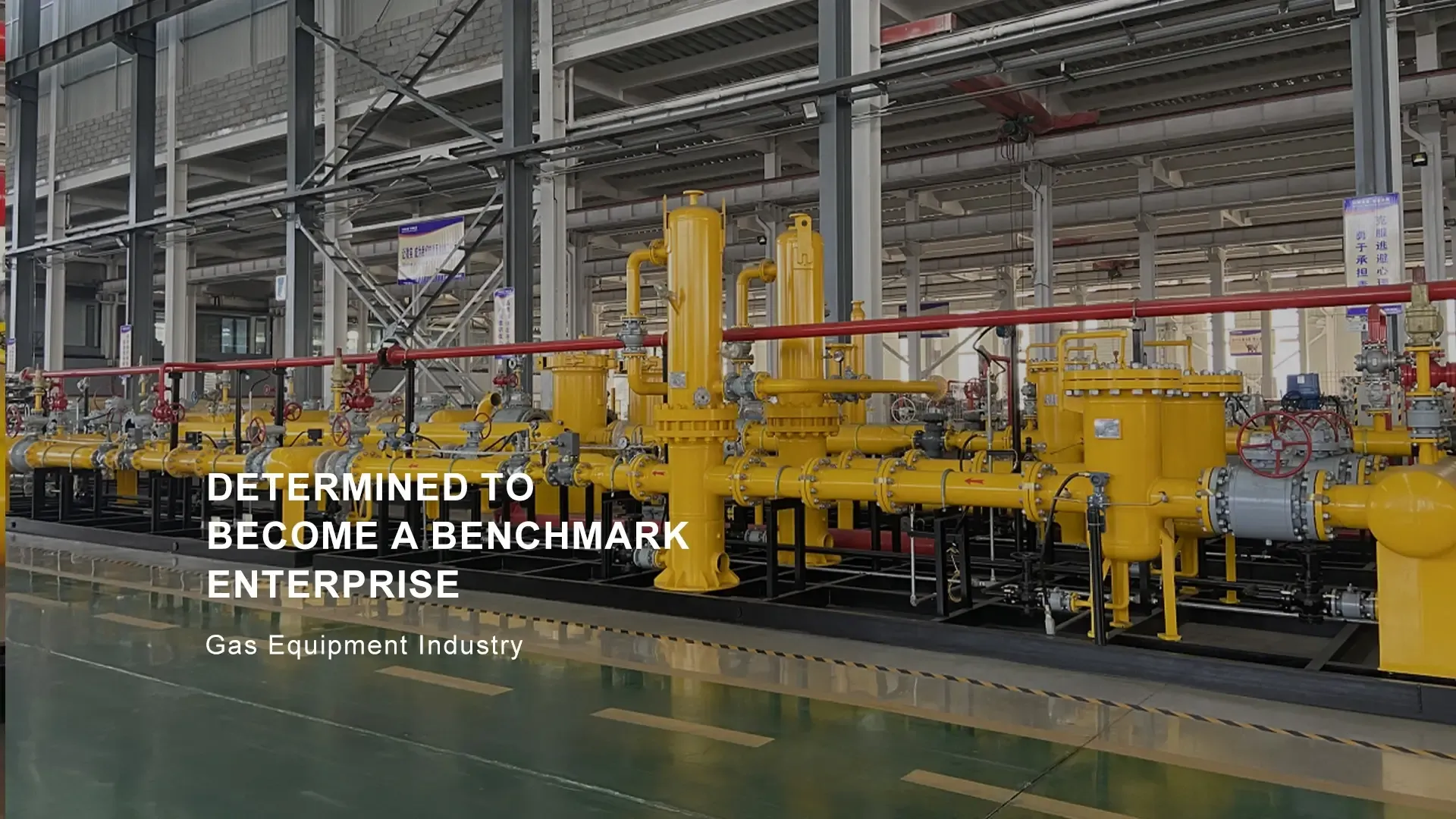
Jul . 20, 2024 11:05
Back to list
Innovative Technologies and Applications in Advanced Gasification Equipment for Sustainable Energy Solutions
Gasification Equipment Revolutionizing Waste to Energy Solutions
Gasification has emerged as a prominent technology in the field of waste management and energy production. By converting organic or fossil-based materials into syngas (synthetic gas), it offers a sustainable solution for waste disposal while simultaneously generating valuable energy. Gasification equipment plays a crucial role in this process, and understanding its functionality and benefits is essential for businesses and industries looking for innovative waste management solutions.
At its core, gasification involves the thermal decomposition of organic materials at high temperatures in a controlled environment with limited oxygen. The resulting syngas primarily consists of hydrogen, carbon monoxide, and smaller amounts of methane and carbon dioxide. This syngas can be used to produce electricity, heat, or can be further processed into liquid fuels or chemicals. The versatility of syngas makes gasification an attractive option for many applications, including municipal solid waste (MSW), biomass, coal, and even plastics.
The design and technology of gasification equipment have evolved significantly over the past few decades. Modern gasifiers come in various types, including fixed-bed, fluidized-bed, and entrained-flow gasifiers, each tailored for specific feedstocks and requirements. Fixed-bed gasifiers are often used for converting solid biomass and exhibit simplicity in operation, while fluidized-bed gasifiers provide better heat transfer and are suitable for a variety of feedstocks, including waste oils. Entrained-flow gasifiers, on the other hand, are designed for high-efficiency operation with pulverized feedstock, making them ideal for coal gasification.
gasification equipment

One of the most significant advantages of gasification equipment is its ability to handle diverse feedstocks, including materials that would otherwise be considered waste. This capability not only contributes to waste reduction but also helps in the transition to a circular economy by recovering energy from discarded materials. Moreover, gasification processes produce lower emissions compared to traditional combustion methods, making them an environmentally friendly alternative. By converting waste into syngas, harmful pollutants can be reduced, and the volume of hazardous waste sent to landfills is minimized.
In addition, the integration of gasification systems with other technologies, such as combined heat and power (CHP) systems, can enhance overall efficiency. For instance, the heat generated during the gasification process can be used for steam generation or to produce electricity through turbines. This combined approach maximizes the utilization of energy derived from waste materials, thus creating a more sustainable energy production cycle.
The economic viability of gasification equipment is also an enticing factor for potential investors and operators. As countries around the globe grapple with energy security and the pressing need for waste management solutions, the demand for gasification technology is expected to rise. Government incentives and policies promoting clean energy and waste reduction further support the growth of this sector.
In conclusion, gasification equipment stands at the forefront of innovative waste-to-energy technologies, providing a sustainable approach to managing waste while generating valuable energy resources. Its adaptability to various feedstocks, reduced emissions, and potential for economic growth make it a key player in addressing global energy challenges. As technological advancements continue to emerge, the adoption of gasification systems is poised to accelerate, paving the way for a greener, more sustainable future.
Latest news
-
Safety Valve Spring-Loaded Design Overpressure ProtectionNewsJul.25,2025
-
Precision Voltage Regulator AC5 Accuracy Grade PerformanceNewsJul.25,2025
-
Natural Gas Pressure Regulating Skid Industrial Pipeline ApplicationsNewsJul.25,2025
-
Natural Gas Filter Stainless Steel Mesh Element DesignNewsJul.25,2025
-
Gas Pressure Regulator Valve Direct-Acting Spring-Loaded DesignNewsJul.25,2025
-
Decompression Equipment Multi-Stage Heat Exchange System DesignNewsJul.25,2025

